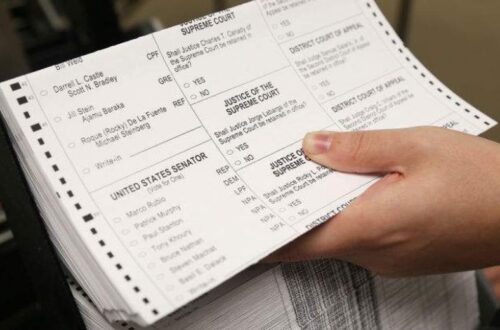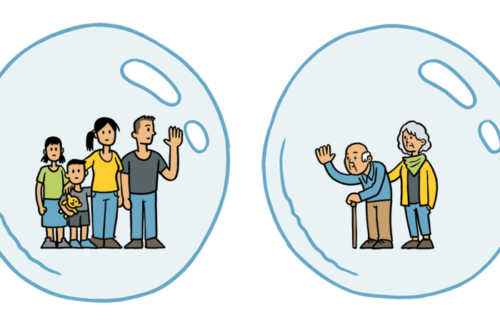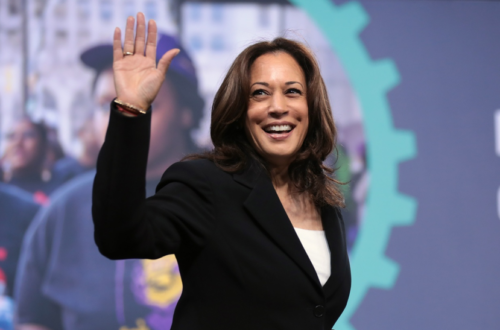Thousands of children are on waiting lists to get into schools, leaving parents struggling to find a place to take care of their children during the day. Even before the pandemic, many children were on waiting lists due to the shortage of child care workers. Now, COVID-19 has exacerbated an issue that was already present.
According to the Florida Department of Education and its Division of Early Learning, the monthly average number of children on waiting lists for the fiscal year 2020-21 was 12,609. This was a decrease compared to the 19,444 children on the waiting list for the prior year. The high numbers may be due to the pandemic.
In the classroom, children develop academic, social and other skills that serve as building blocks for their future. During the COVID-19 pandemic, working parents had to deal with school and daycare closures. Parents need early child care facilities so they can go to work, but the shortage of teachers in this field leaves children on waiting lists to get into the classroom.
Working in an early childhood system is difficult. Keeping children active, learning, and engaged is challenging, especially when teachers receive low wages. According to the U.S. Bureau of Labor Statistics, the national median hourly pay for child care workers is a little over $12.
Low wages coupled with few benefits discourage child care workers from pursuing their careers. Karen Willis, the CEO of the Early Learning Coalition of Orange County, explained to the Florida Political Review that it is just a numbers game for workers.
“Job opportunities are paying hiring bonuses and offering well over $15 an hour to start,” says Willis. The child care industry is competing in a marketplace that offers more.
Care centers are facing increasing costs due to increased demand for program quality and the need to meet safety standards regarding COVID-19. The Florida Department of Education and Division of Early Learning have implemented solutions such as providing mini-grants to meet infrastructure, cleaning and supply needs, and teacher training stipends.
The department has also authorized about $227 million in additional grants to support providers. Willis has said the Early Learning Coalition of Orange County is using the allocated funds to work on a marketing campaign and incentives.
The marketing campaign is to encourage people to consider early childhood care and education as a career. They are creating incentives for current staff to keep their jobs and for new people to become child care workers. Willis also said they are working with providers to offset the cost of training new teachers.
Jared Ochs, the Director of Communications and External Affairs for the Florida Department of Education, told the Florida Political Review that the Division of Early Learning has been actively working on ways to combat staffing shortages.
The division has awarded a contract to the Children’s Forum to conduct a Statewide Early Education and Care Workforce Study to examine employment characteristics, work environment, education, turnover and COVID-19 impacts for Florida’s early learning workforce. These findings will inform policy improvement, investment and salary support for the workforce.
Federal funds have also been allocated through the Coronavirus Response and Relief Supplemental Appropriations Act and the Coronavirus, Aid, Relief, and Economic Security Act.
According to the Learning Policy Institute, federal funds can be used in many ways. This includes increasing salaries and benefits for teachers or other staff. The use of these funds toward early childhood education will be impactful because these programs provide a high return of investment in educational spending.
In a report done by Beth Meloy, Madelyn Gardner and Linda-Darling-Hammond from the Learning Policy Institute, long-term social returns on investment are as high as $17 for every $1 spent.
The Department of Early Learning has allocated about $1 billion in relief funds that include money from the CARES Act, CRRSAA, Childcare and Development Block grant, general revenue, and Preschool Development Grant Funds.
Funds from the CRRSAA went toward covering the costs of temporary VPK closures, workforce initiatives and evaluations, support grants for early childhood education providers, and outreach, awareness and family engagement activities.
Ochs also stated that the Department of Education and Division of Early Learning recently issued about 74,000 $1,000 disaster relief checks to child care providers and early education teachers. The second round of $1,000 checks will go out early next year.
However, Willis says the federal dollars can only go so far. Willis says, “We are talking with the chancellor from the Division of Early Learning and trying to brainstorm some legislative strategies that look at what it is going to take to get the industry back up on its feet.”
Check out other recent articles from Florida Political Review here.
Featured Image: Teacher in classroom with children. (Unmodified photo by Ilmicrofono Oggiono used under a Creative Commons license. https://bit.ly/3ow2vwG)





